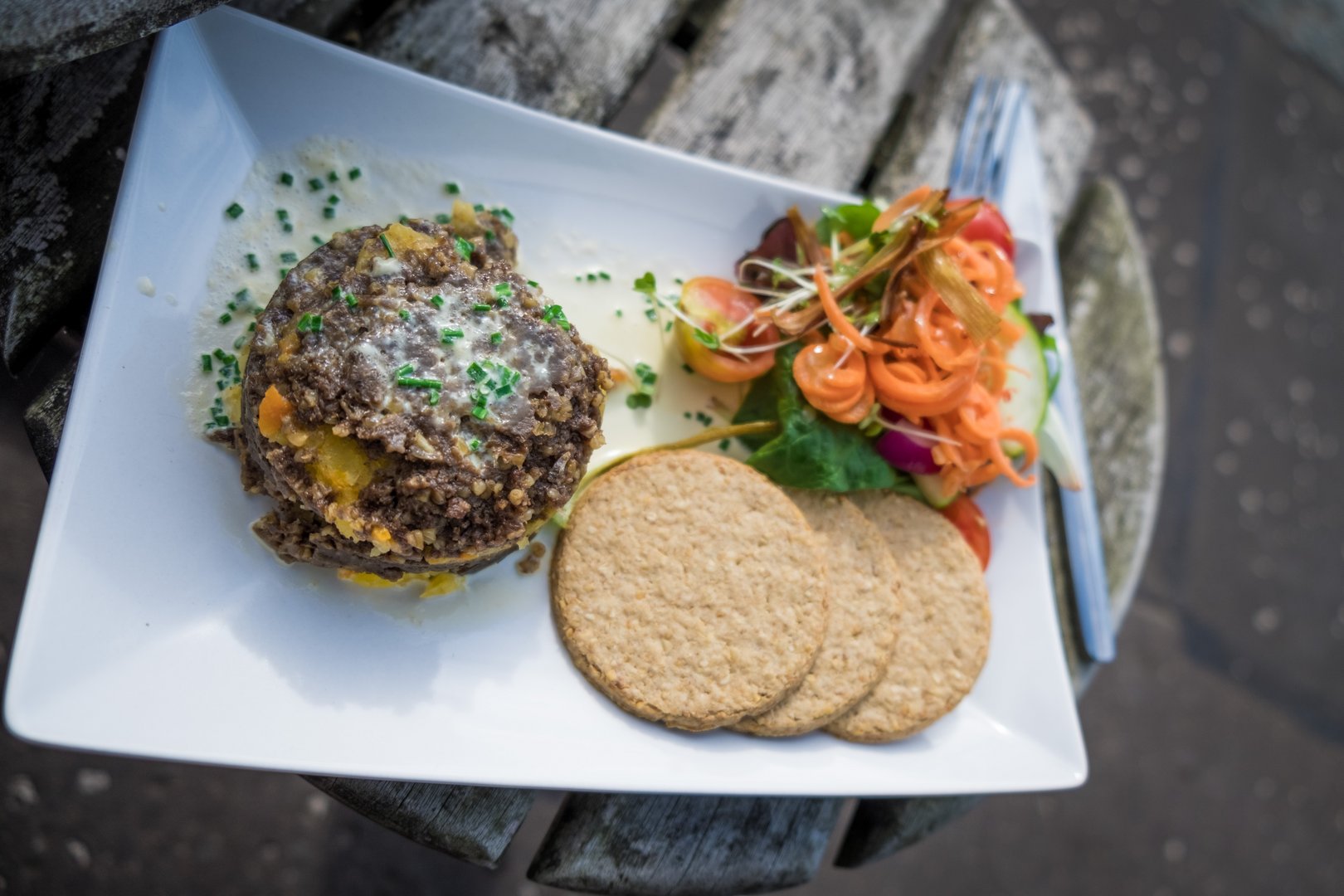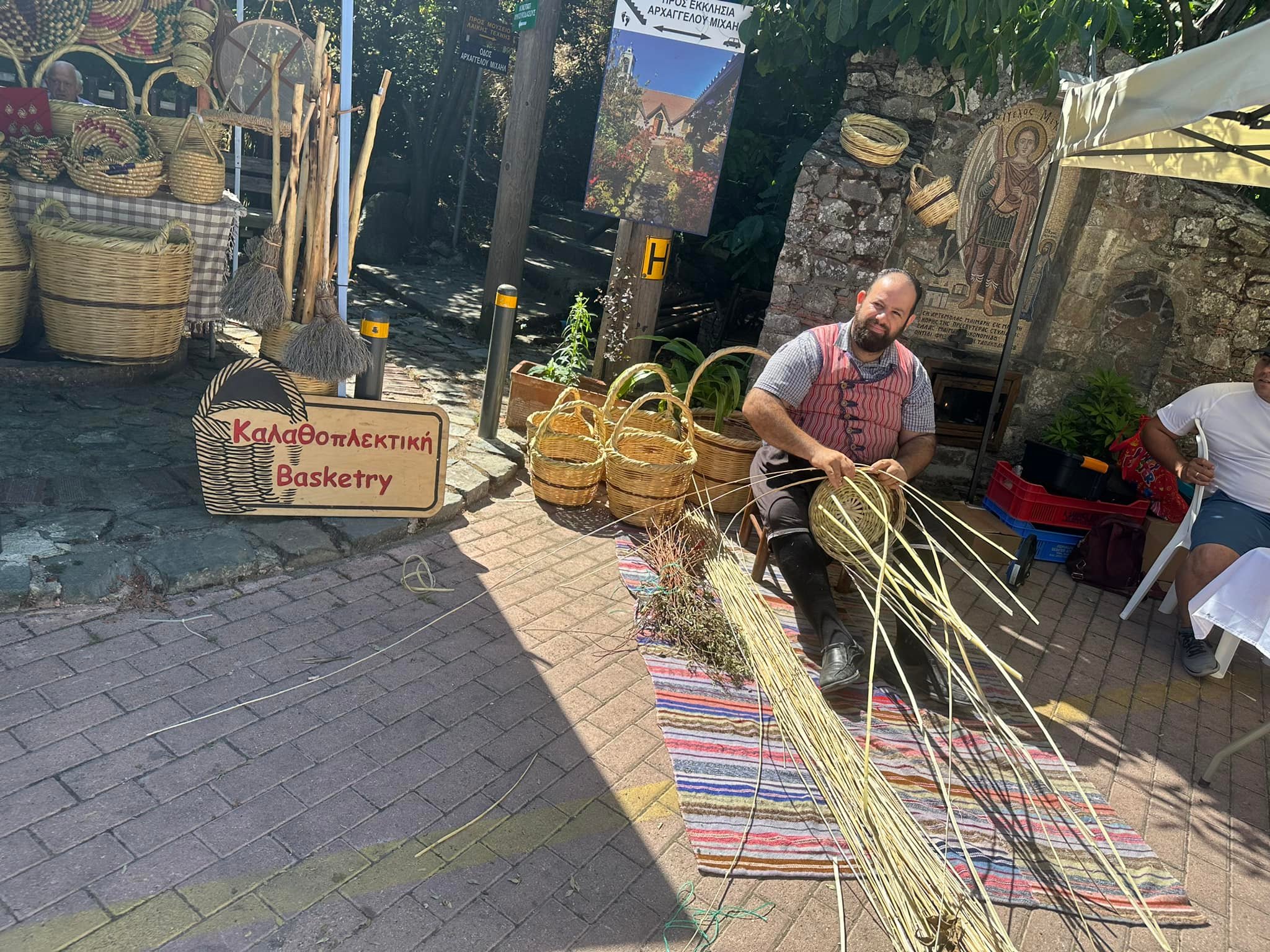The history of Haggis has become synonymous with Scottish heritage, weaving together tradition, flavour and a touch of poetic resonance.
In the misty hills and glens of Scotland, Haggis finds its ancient roots. Centuries ago, resourceful Scottish cooks devised a way to use every part of a sheep, creating a dish that encapsulated the essence of thriftiness and sustenance. Haggis, a savoury pudding made from minced sheep’s heart, liver and lungs, mixed with oats, suet and spices was slowly simmered in a sheep’s stomach, becoming a culinary cornerstone.
The dish became intertwined with Scottish celebrations and festivities, particularly the iconic Burns Night, commemorating the poet Robert Burns. A traditional Burns Supper sees a ceremonial haggis procession take centre stage. The recitation of Burns’ Address to a Haggis adds a poetic flair to the dining experience, elevating the humble dish to a symbol of national pride.
As time marched on, Haggis underwent adaptations, with contemporary variations catering to diverse palates. In modern Scottish kitchens chefs experiment with vegetarian versions or incorporate unique twists, such as haggis-stuffed chicken breasts or haggis spring rolls.
Despite its deep-rooted connection to Scotland, Haggis has ventured beyond its borders. In the global culinary landscape, Scottish expatriates and enthusiasts have introduced the dish to curious palates around the world. Now, in international kitchens, haggis has become a symbol of Scottish identity.
In the 21st century, Haggis continues to hold a special place on menus, both in its traditional form and as an inspiration for contemporary interpretations. Picture the fusion of old and new, as Haggis nachos or Haggis pizza grace the tables of modern eateries, breathing new life into this ancient dish.
So, whether you find yourself on the bonnie hills of Scotland or in a distant kitchen experimenting with haggis-inspired creations, let the savoury richness of Haggis be a reminder of the enduring connection between food and culture – a connection that spans centuries.







Click here to change your cookie preferences